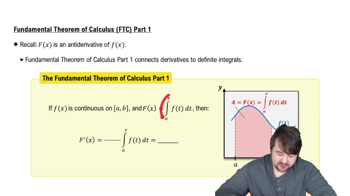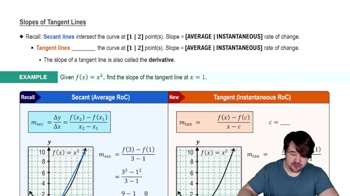{Use of Tech} Fixed points of quadratics and quartics Let f(x) = ax(1 -x), where a is a real number and 0 ≤ a ≤ 1. Recall that the fixed point of a function is a value of x such that f(x) = x (Exercises 48–51).
a. Without using a calculator, find the values of a, with 0 ≤ a ≤ 4, such that f has a fixed point. Give the fixed point in terms of a.






